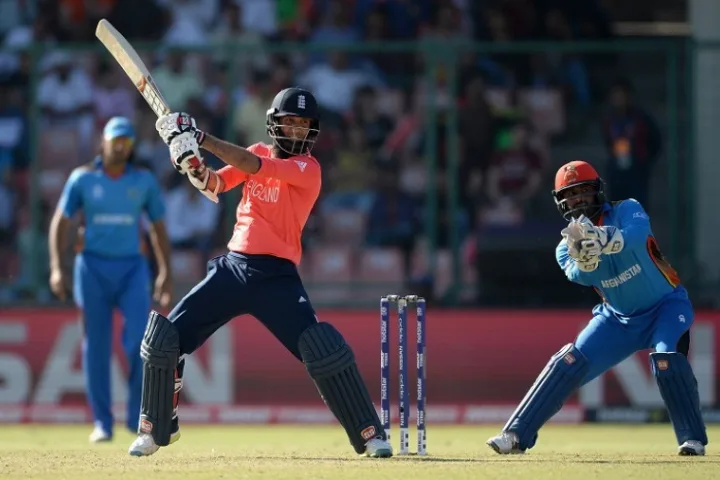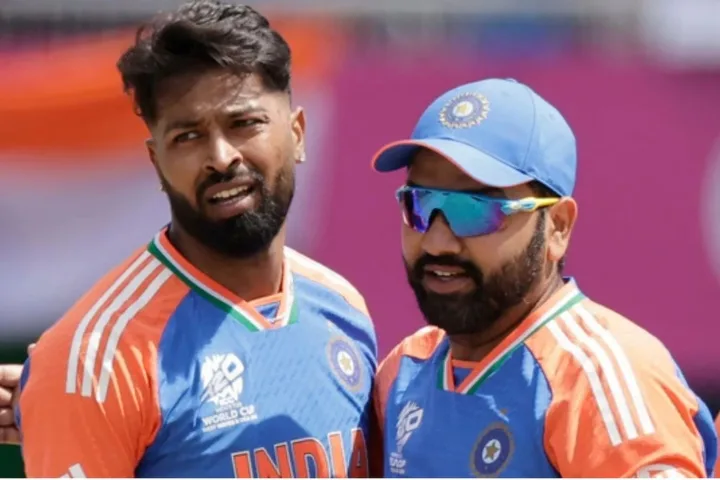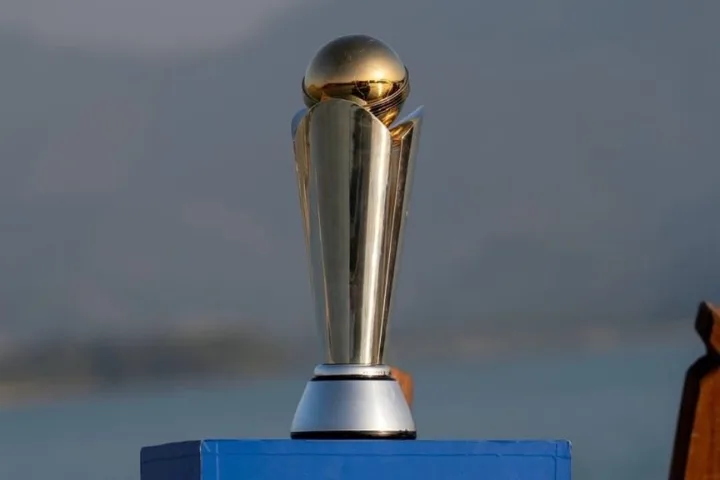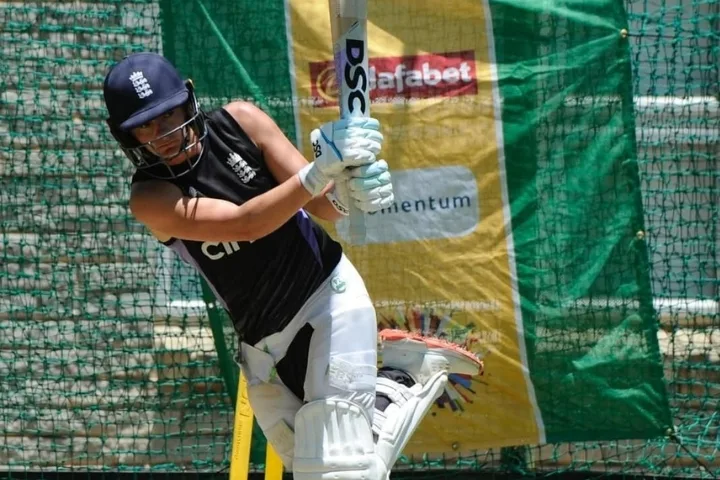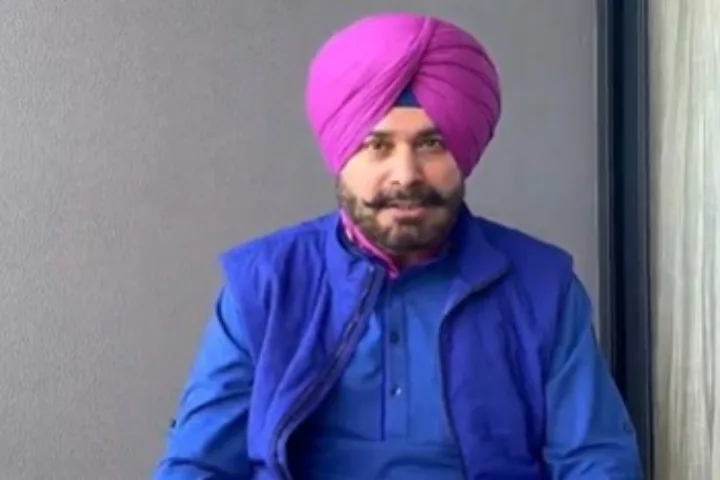Former England captain Kevin Pietersen has weighed in once again on the future of Test cricket. Reacting to recent reports about the possible split of Test cricket into two tiers, Pietersen reminded his fans of a prediction he made in 2021.
“Do you remember what I said a few years ago????” Pietersen wrote on his X account (formerly Twitter), referring to his previous statement that by 2026, only a handful of countries would play Test cricket.
Pietersen prediction for 2021
In September 2021, Pietersen predicted a significant change in the Test cricket landscape. “In 2026, there will only be a few nations testing,” he had tweeted. He named England, India and Australia as the top teams, possibly joined by South Africa and Pakistan. He also suggested that the World Test Championship would cease to exist by then, adding: “No kid wants to play Test! His story will help him survive in the largest forums.”
Fast forward to 2025, and cricket’s powerbrokers are discussing a two-division Test structure. The International Cricket Council (ICC) will deliberate on this proposal later this month.
ICC considers a two-tier testing structure
ICC president Jay Shah is reportedly scheduled to meet Cricket Australia president Mike Baird and England Cricket Board president Richard Thompson to explore the possibility of splitting Test cricket on two levels. The proposed structure aims to ensure that Australia, England and India play each other more frequently.
Under the current system, these teams meet twice every four years. The new format would reduce this gap to three years, increasing revenue from marquee series such as Ashes and the Border-Gavaskar Trophy.
Theoretical structure of two division Test cricket
If implemented, the two-tier system would probably look like this:
Division 1: South Africa, Australia, England, India, New Zealand, Sri Lanka, Pakistan
Division 2: West Indies, Bangladesh, Ireland, Afghanistan, Zimbabwe
While this structure would benefit top-tier nations, it raises concerns for Division 2 teams. Smaller cricket nations could miss out on opportunities to play against top teams, which would impact their growth and revenue.
Mixed reactions to the proposal
The idea of splitting Test cricket has provoked mixed reactions. Former Indian coach Ravi Shastri recently endorsed the concept. In his column for The Australian, Shastri wrote: “When the best teams play, the best and toughest format of the game is still alive and thriving.” He argued that a two-tier system with promotion and relegation could keep the format competitive.
However, the Board of Control for Cricket in India (BCCI) had previously opposed a similar proposal in 2016. Former BCCI president Anurag Thakur had expressed concern over the negative impact on smaller cricket-playing nations. . “In the two-tier system, they will lose a lot, including income and the opportunity to play against the best teams. We don’t want that to happen,” Thakur had said.
The bigger picture
Australia’s recent five-Test series against India attracted massive crowds, with more than 837,000 spectators in attendance. The Boxing Day Test at the MCG alone attracted a record 373,691 fans. Cricket Australia data shows that Test cricket remains very popular when the top teams face each other.
While the two-tier structure could ensure more successful series, it risks marginalizing smaller cricket nations. As discussions progress, it remains to be seen whether the ICC can strike a balance between cost-effectiveness and inclusivity.
Stay up to date with all the cricket action, follow Cricadio in WhatsApp, Facebook, Twitter, Telegram and instagram

 Workout
Workout
 Meditation
Meditation




 Contact Us
Contact Us


